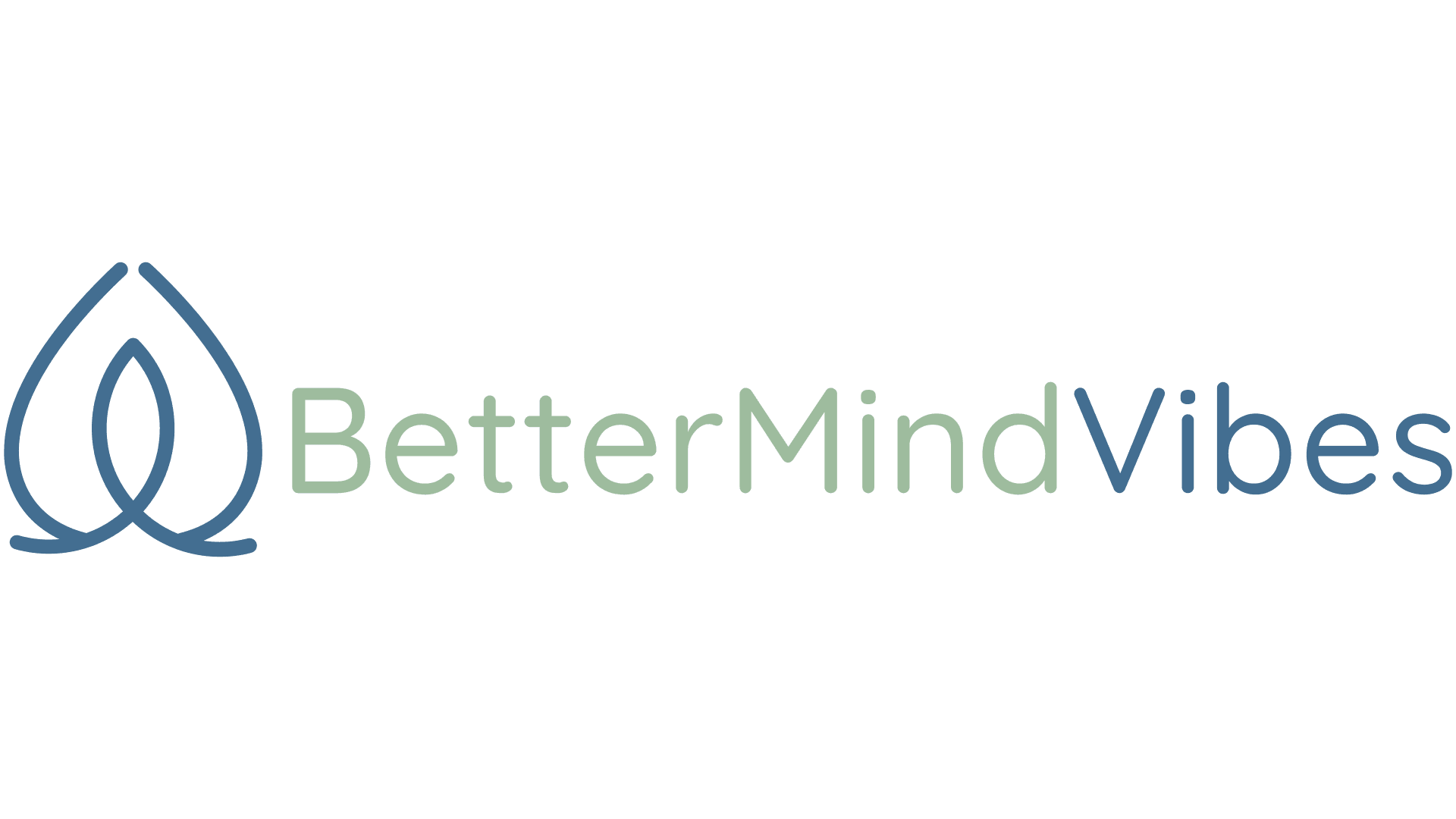Today we are going to talk about a very important topic that is a mental health condition: post- Post-Traumatic Stress Disorder (PTSD), which usually develops after experiencing a terrifying or shocking event, often referred to as a trauma.
According to NIMH, “PTSD is natural to feel afraid during and after a traumatic situation. Fear is a part of the body’s “fight-or-flight” response, which helps us avoid or respond to potential danger.”
During and after a traumatic experience, it is very normal to have feelings of fear. Fear is a component of the defense mechanism known as the "fight-or-flight" reaction, which enables us to either avoid or react to possible threats. After a traumatic event, individuals may suffer a variety of emotions, and the majority of people recover from the first symptoms over the course of time. PTSD is a condition that may be identified in those who continue to suffer difficulties.
Let’s have a look at the symptoms, treatments, and other factors of post-traumatic stress disorder.
Connection between PTSD and post-traumatic syndromes
There are generally five types of post-traumatic syndromes. One of which is PTSD disorder.
On average, about 1 in 3 people who experience severe trauma are potentially at risk of developing the disorder.
Those living with PTSD commonly struggle with flashbacks and nightmares. One may also feel a strong urge to avoid reminders of the trauma, heightened anxiety and alertness, and difficulty sleeping as well as concentrating.
Another common experience for those diagnosed with PTSD is alterations in their mood, and they may experience negative thoughts or feelings. These can lead to ongoing and distorted beliefs about themselves or others.
People at Risk for PTSD
According to the National Center for PTSD, “about 5 out of every 100 adults (or 5%) in the U.S. has PTSD in any given year. In 2020, about 13 million Americans had PTSD.” Additionally, the same website suggests that women are more likely than men to experience this disorder.
Nevertheless, remember that this challenging mental health condition can affect anyone. Anyone who may have experienced or witnessed trauma in any form can be at risk for this disorder. Young people are particularly vulnerable to the effects of trauma, especially if it involves family violence, abuse, physical or sexual assault, or severe neglect.
Additionally, this disorder might affect people who experienced severe accidents or natural disasters and had a very difficult time. Additional groups commonly affected by this disorder include:
- First Responders.
- Healthcare professionals who deal with the aftermath of traumatic injuries or illnesses.
- Those who have a personal or family history of mental health illness.
- Those who suddenly lose a loved one.
- Veterans and active-duty service members.
Please note: If the trauma is chronic in nature, it can develop into C-PTSD, which is PTSD in hard mode.
Let’s deep dive into complex post-traumatic stress disorder, or C-PTSD
C-PTSD is another stage of mental illness that can develop over time, especially after prolonged or repeated trauma. It could be facing repeated abuse or captivity, where the escape is impossible or difficult.
While sharing core symptoms with PTSD, complex PTSD goes a step further. It often involves significant struggles with emotional regulation and a deep-seated distrust in everyone around you.
One may even have feelings of emptiness or hopelessness. Individuals might struggle with their sense of self and personal relationships. That’s why it’s recommended that they get themselves treated for PTSD as soon as possible.
Treatment options for post-traumatic disorder
If you or someone you know is dealing with this disorder, it's important to remember that help is available, so try not to feel overwhelmed. With the right treatment and approach, one can successfully heal and recover.
Note that you must always consult a healthcare professional to get immediate help. Only professional assistance can support even these.
1. Medications
Medication options like antidepressants, anti-anxiety drugs, and prazosin, as prescribed by a professional, help manage different aspects of PTSD disorder. The common reason your doctor may prescribe it to you is to manage depression, relieve severe anxiety and related problems, and reduce or suppress nightmares.
Although these medications are prescribed only for the short term, they have the power to calm your mind and make you stay peaceful. The doctor will also suggest the appropriate medication and dosage needed for long-term recovery.
2. Psychotherapy
The next option is to consider undergoing psychotherapy if your doctor recommends you do so. Some of the recommended therapy approaches are cognitive behavioral therapy (CBT), prolonged exposure therapy (PE), or eye movement desensitization and reprocessing (EMDR).
While CBT helps patients identify and modify thought patterns leading to distressing emotions and behaviors, PE exposes patients to trauma memories in a safe environment to ultimately process and reduce distress.
Lastly, EMDR therapy takes a unique approach to healing past traumas. It uses eye movements or gentle back-and-forth tapping. This method unlocks the brain's own potential for healing, allowing you to move forward from difficult experiences.
3. Lifestyle modification
Our lifestyle plays an important role in whatever happens in our lives, be it positive or negative. When we make appropriate lifestyle modifications, we receive several benefits, including good health and staying physically fit.
Individuals may even get help with post-traumatic disorders when they make some adjustments to their lifestyles. This includes doing regular physical activity, maintaining a healthy diet, getting adequate sleep, and practicing mindfulness.
Conclusion
In the end, remember that, in addition to getting the above treatment, people with post-traumatic stress disorder can always seek help from a peer support group. Talking to someone who's "been there" can make a world of difference.
Also, recovery from PTSD is a marathon, not a sprint. It will take some time, and you and your patience and compassion towards yourself can lead you to full recovery. If any of your loved ones are struggling with this condition, it's important to offer your support and assistance, understand their situation, and take care of them during difficult times.









